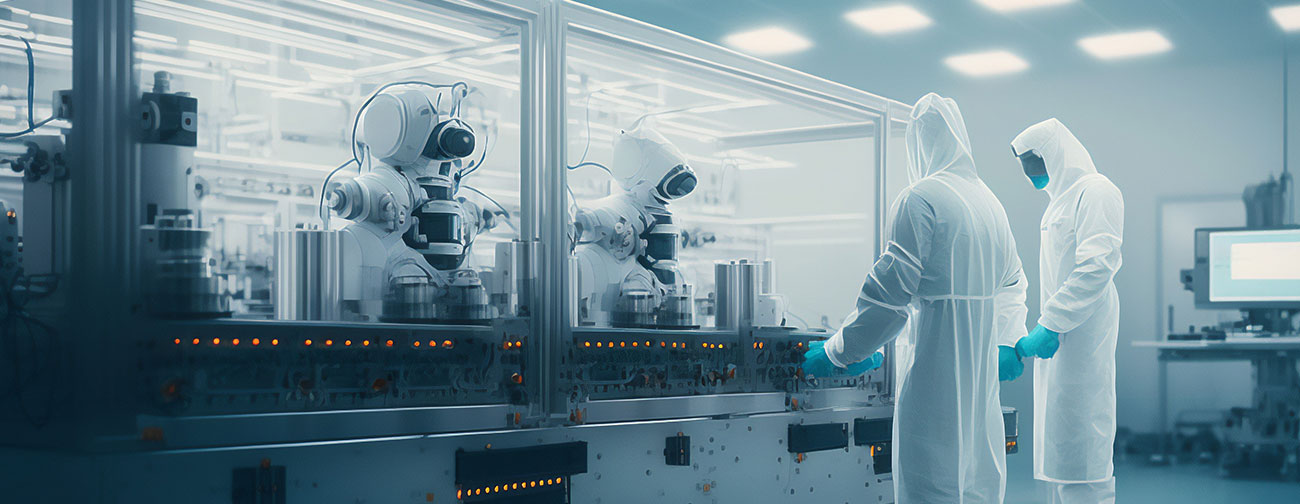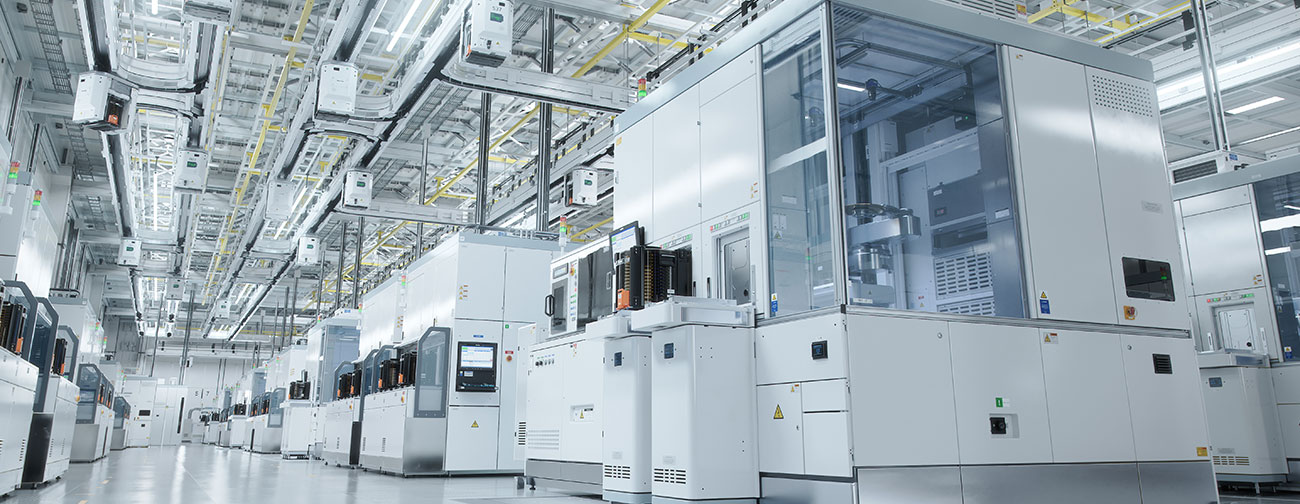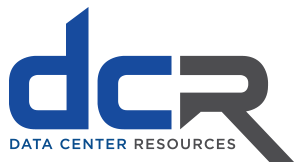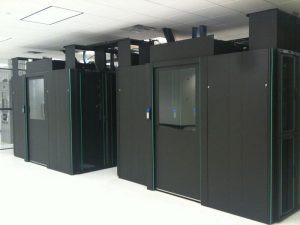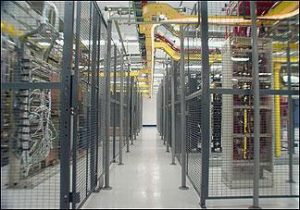What is a cleanroom? A cleanroom is a unique space, in industries like pharmaceutical and microelectronic, that’s used exclusively for testing and conducting research. It’s the place where you make sure the product comes out flawless with minimal to zero contamination that will corrupt the procedure.
With that explanation of what a cleanroom is— why have they become the standard for so many industries?
Cleanrooms are the ultimate in sterile high-tech environments. They’re where scientists can conduct research without fretting about cross-contamination. They don’t have to worry about the presence of dust, aerosols, or other particles because that is removed from the equation.
Cleanrooms enclosures create the best possible working environment for testing product results or even process outcomes.
How to Classify a Cleanroom: Deciphering Containment Levels
Cleanrooms rely on precision and accuracy when it comes to particle size, with each type placed in a metaphorical bucket according to unique requirements.
What are Cleanroom Classifications?
While there are many classification systems employed around the world, two are more prominent than others. International Organization for Standardization, or ISO, has only grown in popularity in recent years, while the largely outdated Federal Standard 209E, or FS 209E, has been replaced by ISO.
ISO Cleanroom Standards Explained
Each ISO cleanroom comes categorized according to how many particles are allowed per cubic meter of air. Represented by numeric values, cleanroom count numbers equate to the particles equal to or more than a size. For example, ISO Class 5 would mean that the most particles allowed in the space would be <0.5 micrometers is 3,520 particles per cubic meter.
Federal Standard 209E Explained
As previously mentioned, ISO has largely replaced FS 209E, which previously served as the basis or yardstick for cleanroom classification. Like ISO, FS 209E also used numeric codification; however, it measured particles in cubic feet of air whereas ISO measured them in cubic meters.
Cleanroom Classification and the Range of Particle Limits
When it comes to cleanroom classification, think backwards. You might think that 1 would be the lightest with particle limits and 9 the heaviest, but it’s actually the reverse. ISO Class 1 is the most stringent (particles while ISO Class 9 is the least. Here is a closer look at the particle limits for specific ISO standards in cleanroom classes:
- ISO Class 1: Maximum allowable particles ≥0.1 micrometers: 10, and particles ≥0.5 micrometers: 0.
- ISO Class 5: Maximum allowable particles ≥0.1 micrometers: 3,520, and particles ≥0.5 micrometers: 20.
- ISO Class 9: Maximum allowable particles ≥0.1 micrometers: 35,200, and particles ≥0.5 micrometers: 2,900.
How to Select the Correct Cleanroom Class
Selecting the appropriate cleanroom classification is pivotal for a variety of reasons. For one thing, this classification affects the quality of the product, efficiency, as well as adherence to regulatory standards. While every industry will have its own compliance regulations and needs, every cleanroom class selection will include the same factors, like operation, product or process vulnerability, and the level required to limit contamination.
One such industry, semiconductor manufacturing, could require an ISO Class 1 cleanroom to secure the maximum protection against the most minuscule particles. At the opposite end of the spectrum, a non-critical manufacturing industry could opt for an ISO Clean 7 classification, which balances regulation with cost benefits.
Constant Monitoring and Vigilance
In order to maintain a cleanroom classification, you must stay constantly vigilant, tending to it like a plant with all of the essentials to help it thrive. Some of the means for keeping this classification include frequent monitoring, testing, and verification to make sure the cleanroom meets the standards. Some tools that help with this consist of automated particle counters, air samplers, and environmental monitors that evaluate the levels and recognize any aberrations from the regulatory levels.
As the primary ingredient of contamination control, cleanroom classification allows for industries to structure their requirements according to containment levels, which ultimately guarantees the reliable production of top-quality products and supports a space of accuracy and dependability. Just as technology continues to advance, cleanroom standards will, too, which makes observance of these classification systems vital in maintaining the highest integrity in these controlled spaces.
Industries That Utilize Cleanrooms
Pharmaceuticals and Biotechnology
There’s no surprise here—pharmaceutical and biotechnology industries require completely sterile environments to limit contamination, with cleanrooms serving as the core of research and development. In order to make sure medications, shots, and other trials remain uncompromised, cleanrooms minimize the risk of cross-contamination and save lives.
Microelectronics and Semiconductor Manufacturing
The microelectronic and semiconductor industry requires a very low particle count to prevent corruption during complex fabrication tasks that result in powering high-performing electronic devices.
Aerospace and Defense
There’s no room for error in some industries and that includes aerospace and defense. Cleanrooms provide a crucial responsibility in the development of satellite instruments as well as spacecrafts themselves. Restrictive contamination measures prevent foreign particles from getting through, which could jeopardize the performance of aerospace technology and threaten lives.
Medical Device Manufacturing
Medical devices, from implanted technology to instruments professionals use, elongate people’s lives every day. But in order to promote reliability and quality, they need to be adequately tested in cleanrooms that control the risk of contamination and promote the utmost safety.
The controlled environments in cleanrooms reduce the risks of contamination and allow for these industries to provide dependable cutting-edge products and support life-saving research.
For more information or to receive a quick quote for our containment solutions or any other containment-related products, contact Data Center Resources today.
Contact Information:
866.740.2121
info@datacenterresources.com

